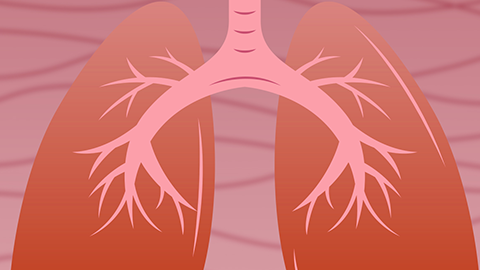How to Make Lung Nodules Disappear
The presence of pulmonary nodules may be caused by old pulmonary lesions, pulmonary deposition, pneumonia, tuberculosis, benign pulmonary tumors, etc. These conditions can usually be managed through regular observation, lifestyle adjustments, medication, thrombolytic therapy, and anticoagulant therapy. If abnormalities occur, timely medical consultation and professional diagnosis are recommended. Detailed analysis is as follows:

1. Old pulmonary lesions: Some pulmonary nodules are calcified or fibrotic lesions left after previous pulmonary diseases have healed, classified as old pulmonary lesions. These nodules are mostly benign and require regular follow-up to monitor changes, without special treatment.
2. Long-term smoking or inhalation of dust: Long-term smoking or inhaling large amounts of dust may lead to nodule-like changes in the lungs. These nodules might represent reactive hyperplasia of lung tissue in response to harmful substances. Smoking cessation and removal from dusty environments are recommended.
3. Pneumonia: Invasion of pathogens such as bacteria, viruses, or fungi into the lungs may trigger an inflammatory response, leading to pulmonary tissue proliferation and formation of nodules, possibly accompanied by symptoms such as fever, cough, and expectoration. Anti-infective treatment can be administered as directed by a physician using medications such as azithromycin dispersible tablets, roxithromycin capsules, and amoxicillin capsules.
4. Tuberculosis: Pulmonary tuberculosis is an infectious disease caused by Mycobacterium tuberculosis infection, which can lead to nodular lesions in the lungs. These nodules may be accompanied by symptoms such as low-grade fever, night sweats, cough, and expectoration. It is recommended to use medications such as aminocaproic acid tablets, etamsylate tablets, and isoniazid tablets under medical guidance to kill Mycobacterium tuberculosis and promote lesion absorption, while maintaining good nutrition and rest.
5. Pulmonary embolism: Blockage of the pulmonary artery by a blood clot can lead to local pulmonary tissue ischemia and necrosis, forming nodules, often accompanied by sudden chest pain, dyspnea, and hemoptysis. Thrombolytic and anticoagulant therapies should be performed, using medications such as dicoumarol tablets, heparin sodium injection, and warfarin sodium tablets as directed by a physician.
In daily life, maintaining a healthy lifestyle, including quitting smoking, limiting alcohol consumption, balanced diet, and appropriate exercise, is recommended to reduce the risk of pulmonary diseases.





